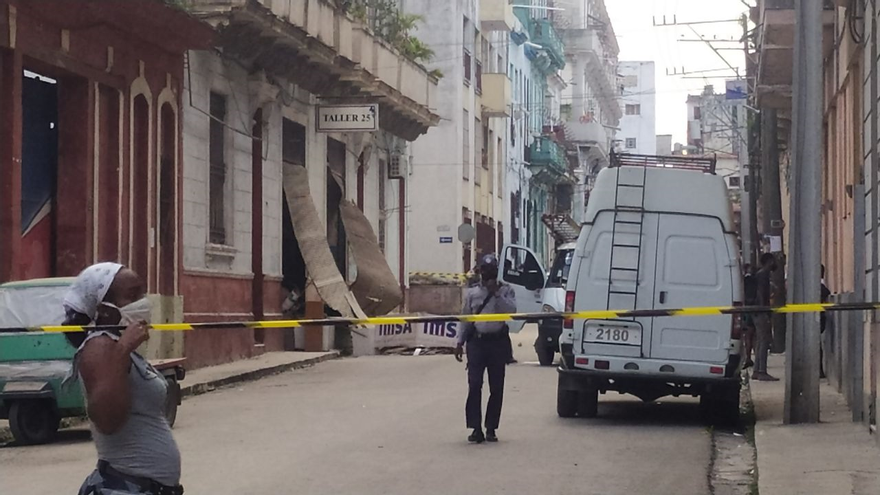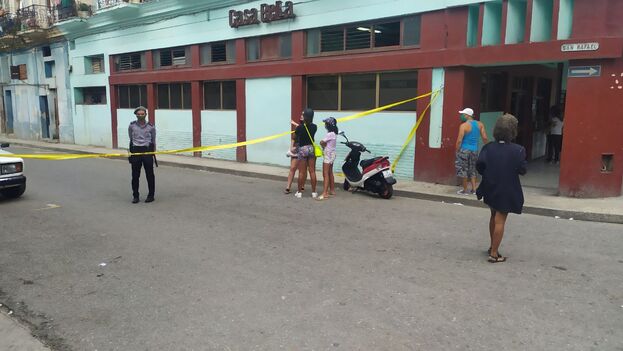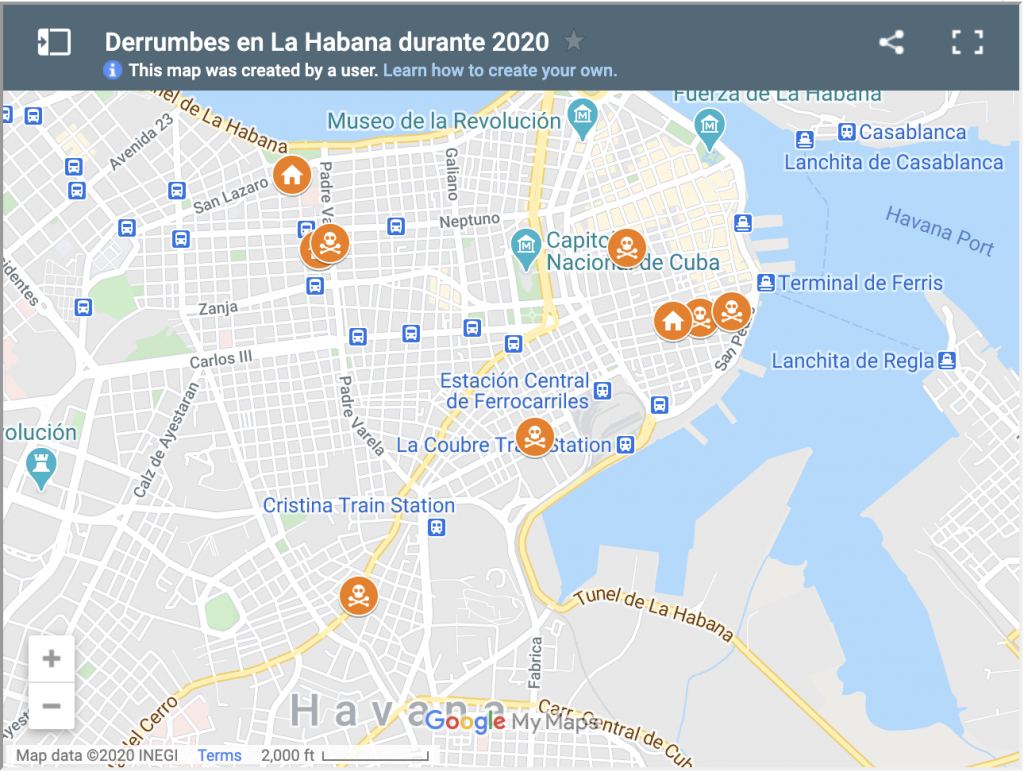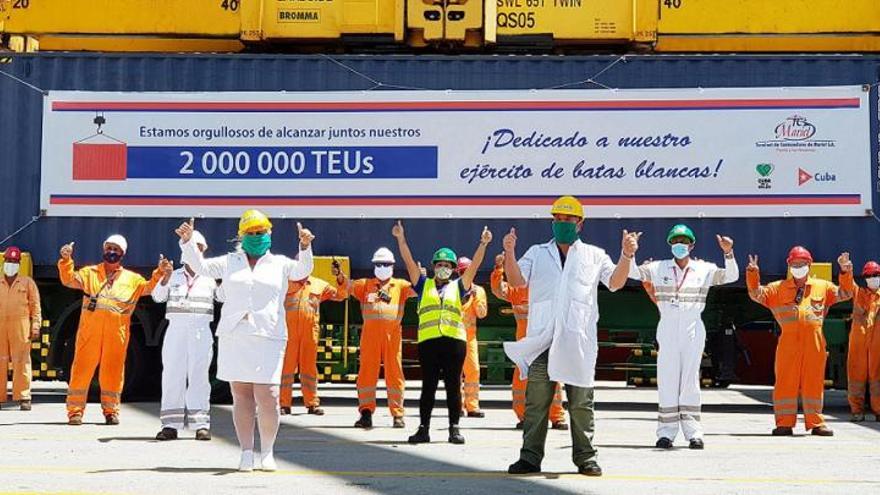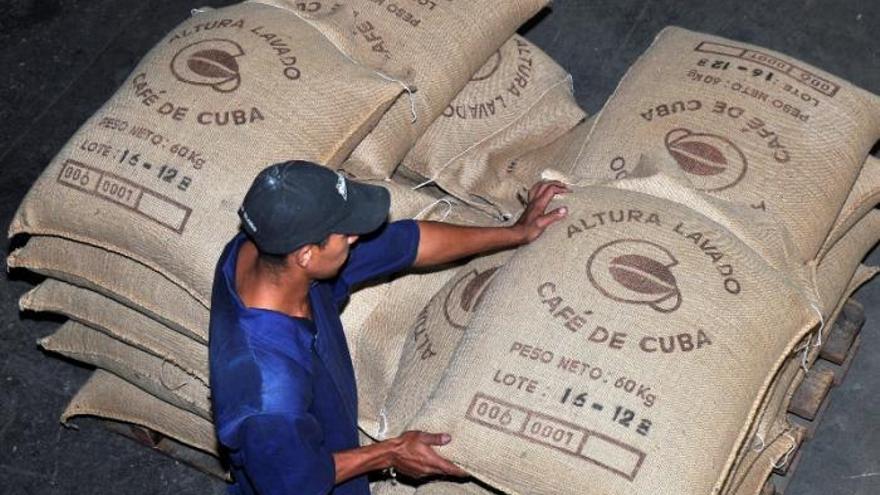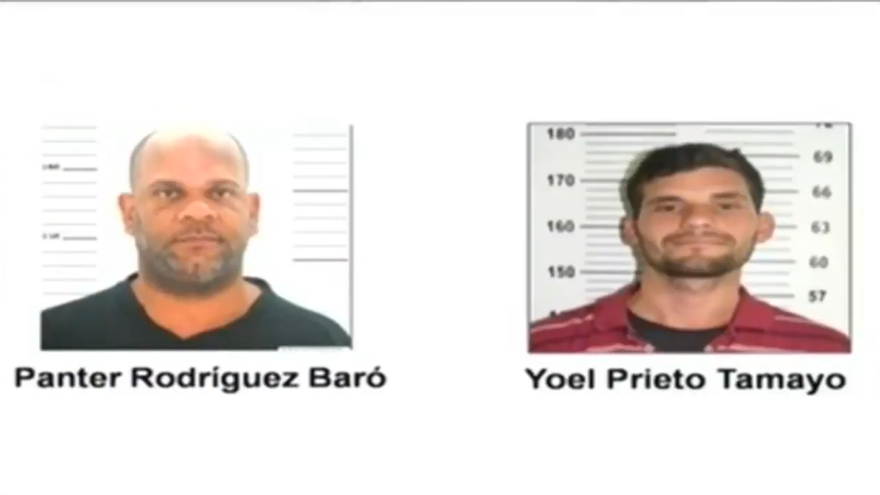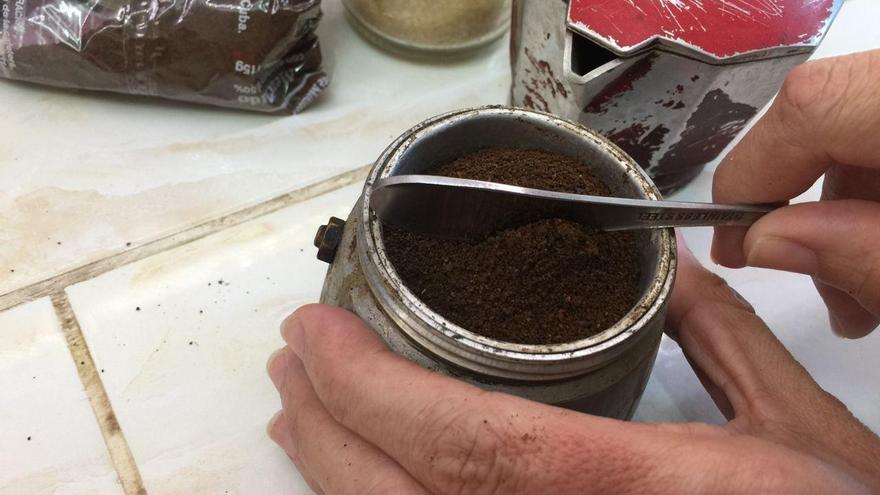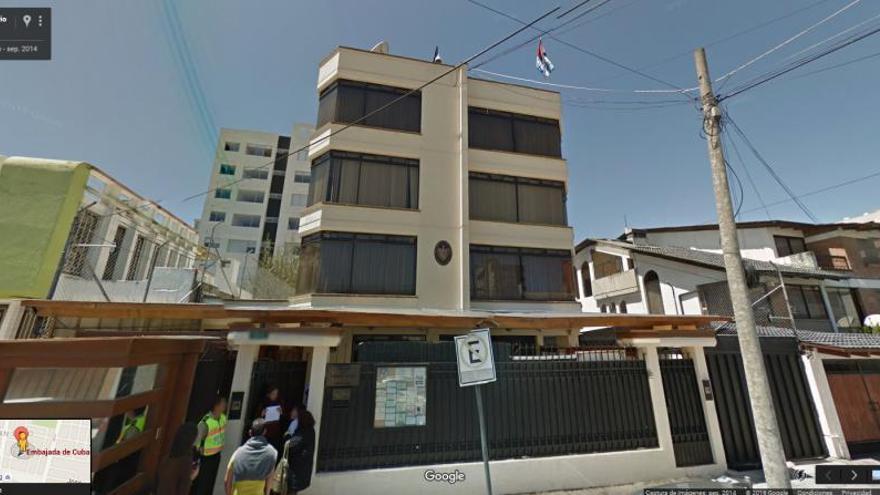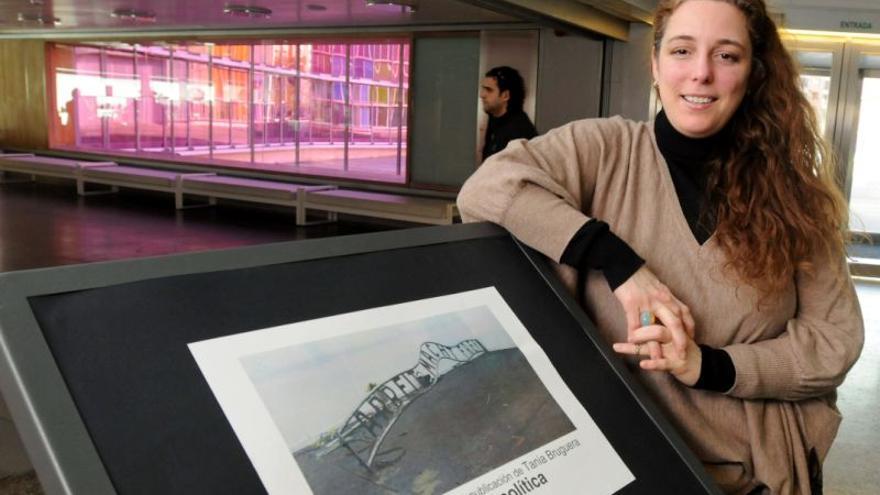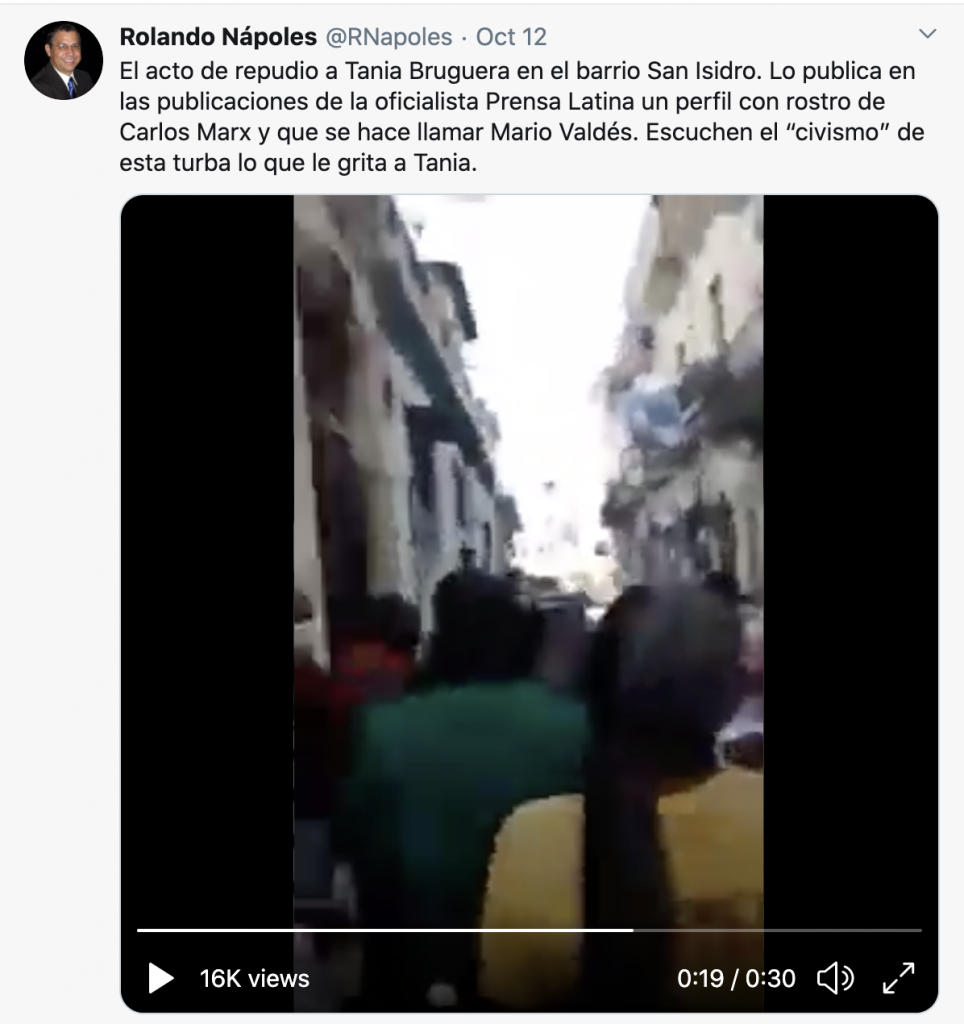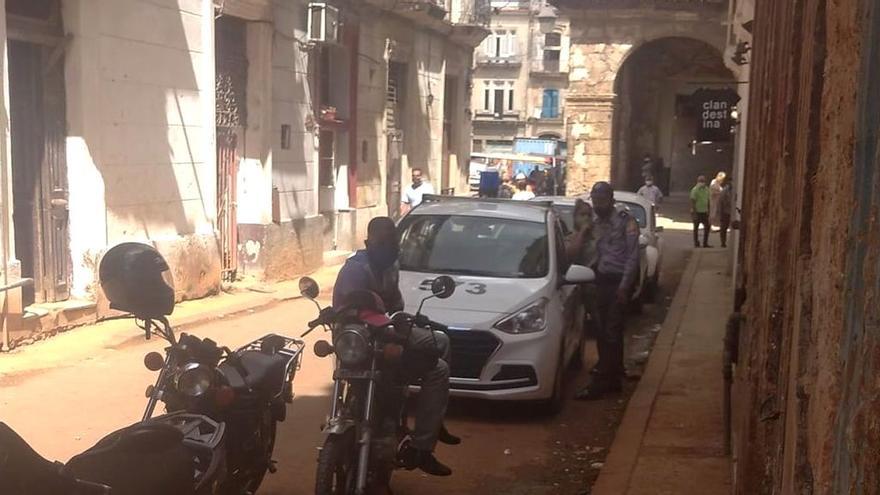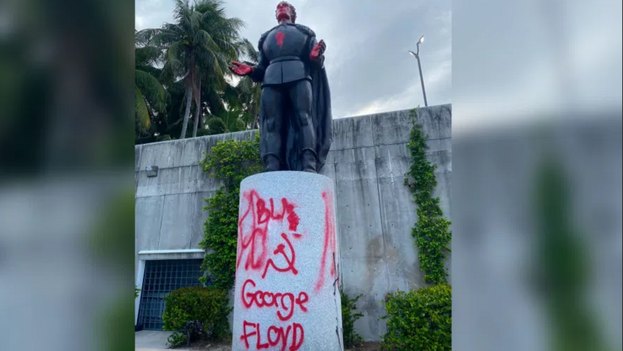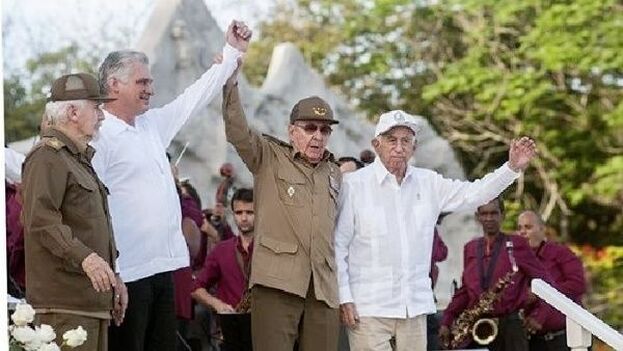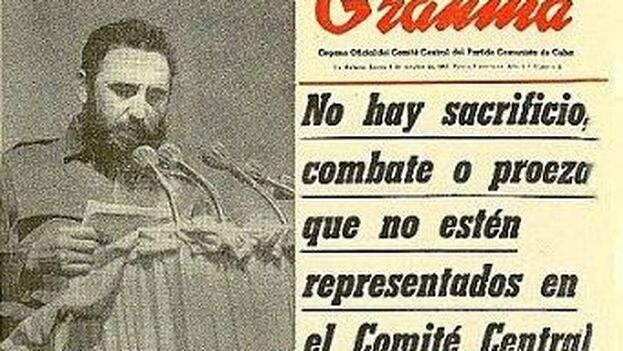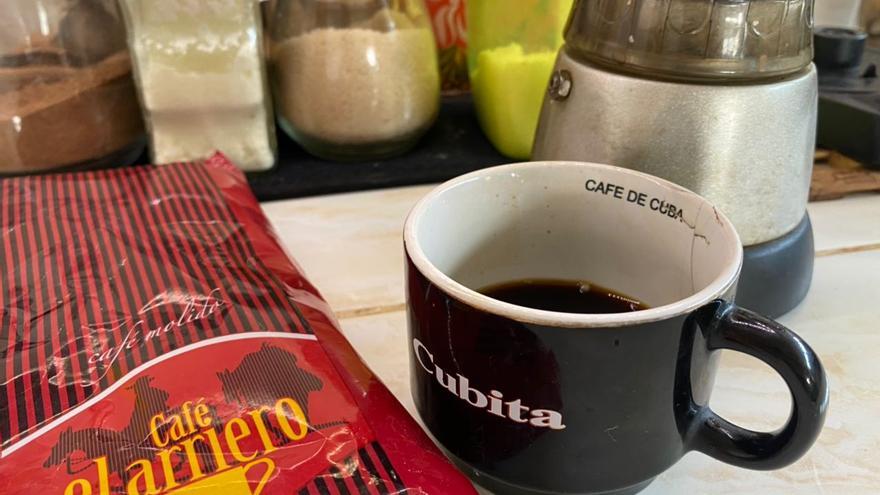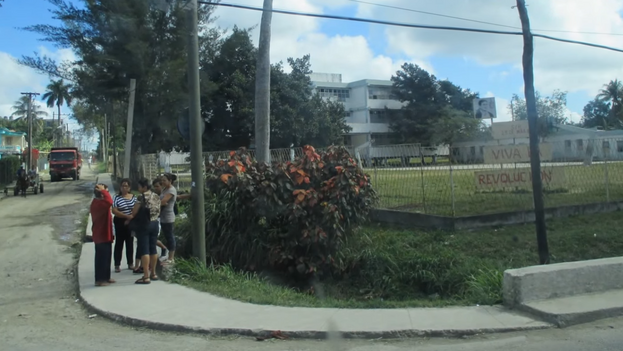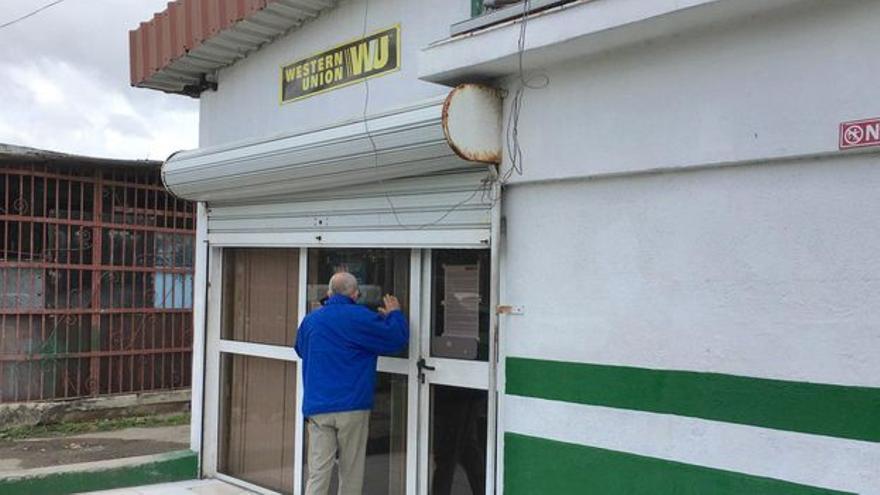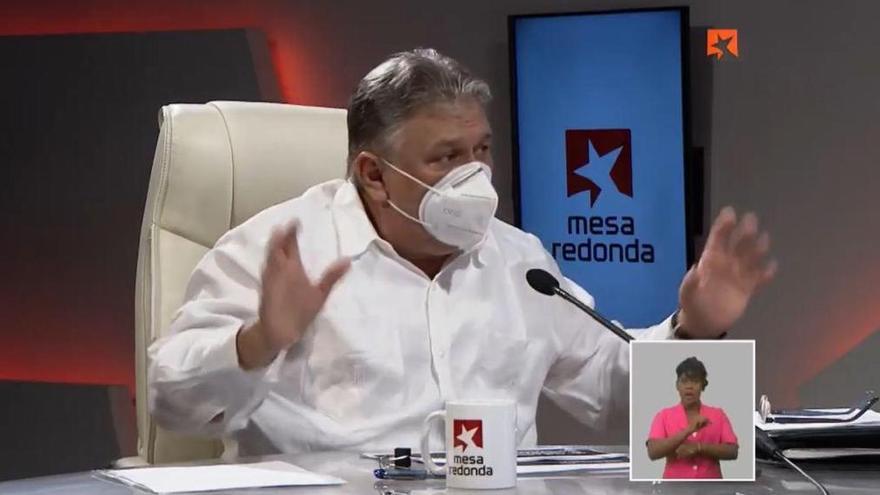
![]() 14ymedio, Havana, 13 October 2020 — The elimination of the country’s dual currency is delayed, according to the latest statements by Cuban leaders who are at the forefront of the so-called “regulatory task.” In the Roundtable TV program on Tuesday the issue was addressed but without giving details about the date on which the monetary unification will be made or what the exchange rate will be for the currency taken out of circulation.
14ymedio, Havana, 13 October 2020 — The elimination of the country’s dual currency is delayed, according to the latest statements by Cuban leaders who are at the forefront of the so-called “regulatory task.” In the Roundtable TV program on Tuesday the issue was addressed but without giving details about the date on which the monetary unification will be made or what the exchange rate will be for the currency taken out of circulation.
Marino Murillo Jorge, head of the Commission for the Implementation of the Guidelines and known as “the czar of reforms” on the Island, reiterated that the Cuban peso (CUP) will be the currency that will circulate and reiterated on several occasions that the end of the monetary duality will not eliminate the problems of the national economy which “has structural problems.” The Cuban convertible peso (CUC) will be taken out of circulation.
In addition, he warned that the government will temporarily subsidize some of the state-owned companies that will face losses to avoid the fall in employment and guarantee the production of basic goods. The existence of various exchange rates between the two currencies has so far made it difficult to know the real state of the accounting of state-owned companies and experts consider that with the reform, a good number of companies that are now apparently solvent will be operating in the red.
Amid growing popular expectations about the start of the process, Murillo commented that the unification will probably take place on the first day of a month but without specifying which month, he did not even say whether it will happen this year. “One day you wake up and the Central Bank of Cuba says that the CUC no longer circulates and from that moment you have only one currency.”
Regarding the circulation of the CUC, Murillo indicated that there will be a period of around six months for people to exchange the currency or spend it. “Do what you understand most appropriate until the State collects them all,” he said, adding that, if in that period there are signs that the currency continues to circulate, there will be an analysis of whether or not to extend the expected time.
“Those who have CUC, be calm, it will have value, it is an official money of Cuba and no one is going to lose the value of the CUC or the 24 current pesos (CUP). If the exchange rate was 20 pesos, or at the time they are collected they are exchanged for 24 pesos, they will be paid at the value of the current exchange rate,” he argued.
Murillo also indicated that the base salary is going to rise 4.9 times, social security pensions five times and “social assistance will increase depending on the number of vulnerable groups that have to be helped.” The aspiration, he affirmed, is that all “employees are in better conditions than where they started from.”
The official also referred to the risk of inflation. All wholesale prices will rise because the value of imported products will increase, said the official, adding that there will be a devaluation of the peso “seeking competitiveness.”
“Price growth is synonymous with inflation and we are talking about wholesale prices. The issue is how long it takes for the increase in wholesale prices to be reflected in retail prices, and this is called the devaluation pass-through process.” This moment, as indicated, may take several months, but “it comes.”
Regarding the type of change that will be implemented, he did not make any suggestion: “For that we have to wait a little more, so nobody in the world says, in due course everything will be said, although today we will say more than we have said other times.”
“Applying exchange rates leads to devaluation, and anywhere in the world leads to adjustments. It puts pressure on the business system,” he said. He called again to “be more efficient at work and it must be done so that the economy moves naturally.”
Murillo asserted that a “very administrative” guide to the economy has to be made, referring to the price system that does not “give clear signals to producers, and it is not that we are saying that Cuba is going to a market economy, but the market exists independently of our will, and the producers must receive signals from that market.”
Alejandro Gil, the Minister of Economy and also a guest on the Roundtable program, took advantage of the television space to call the population to optimism. “This is not a setback, this is to encourage us,” he stressed, while ensuring that the monetary unification will change the lives of Cubans in a positive way, without giving details, or how and when it will occur.
_____________
COLLABORATE WITH OUR WORK: The 14ymedio team is committed to practicing serious journalism that reflects Cuba’s reality in all its depth. Thank you for joining us on this long journey. We invite you to continue supporting us by becoming a member of 14ymedio now. Together we can continue transforming journalism in Cuba.

